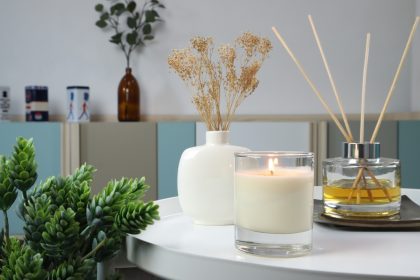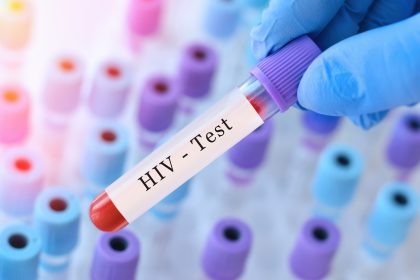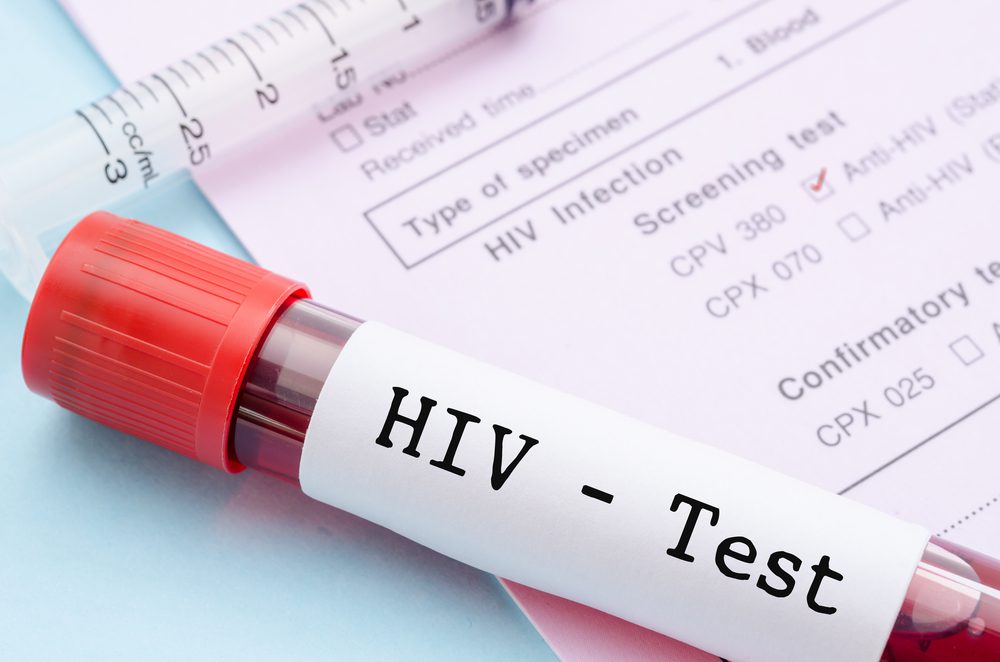Your asthma isn’t just asthma anymore. Living in a city has essentially created a whole new category of breathing problems that your grandparents never had to deal with. Urban asthma behaves differently, responds to different triggers, and requires different management strategies than the classic allergic asthma that most people think of when they hear the word.
The combination of traffic pollution, industrial emissions, building materials, and urban lifestyle factors has created distinct patterns of asthma that doctors are now recognizing as separate phenotypes. Your wheezing might be telling a very specific story about where you live and what you’re breathing every day.
Traffic pollution creates the most aggressive asthma type
Living near busy roads doesn’t just make your neighborhood noisy, it fundamentally changes how asthma develops and behaves in your lungs. Vehicle exhaust contains a cocktail of pollutants including nitrogen dioxide, particulate matter, and volatile organic compounds that create what doctors call traffic-related asthma.
This type of asthma tends to be more severe and harder to control than traditional allergic asthma. People with traffic-related asthma often experience symptoms even when their allergies are well-managed, and their asthma doesn’t respond as well to standard treatments.
The microscopic particles from diesel exhaust are particularly problematic because they can penetrate deep into lung tissue and trigger inflammatory responses that persist long after the initial exposure. Children who grow up near major highways often develop this more aggressive form of asthma that can affect them throughout their lives.
Industrial emissions trigger neutrophilic asthma
If you live near factories, power plants, or industrial facilities, your asthma might be driven by a completely different inflammatory process than typical asthma. Industrial pollutants often trigger what’s called neutrophilic asthma, where different types of immune cells drive the inflammation in your airways.
This phenotype is particularly frustrating because it doesn’t respond well to the steroid treatments that work for most asthma patients. People with neutrophilic asthma often feel like their medications aren’t working effectively, and they may need completely different treatment approaches.
Urban heat islands worsen all asthma types
Cities are significantly hotter than surrounding areas due to concrete, asphalt, and reduced vegetation. These urban heat islands don’t just make summers uncomfortable, they create conditions that make asthma symptoms worse across all phenotypes.
Higher temperatures increase the formation of ground-level ozone, a powerful respiratory irritant that can trigger asthma attacks even in people with well-controlled asthma. The combination of heat and pollution creates a perfect storm for breathing problems during summer months.
Indoor air quality in dense housing creates unique triggers
Urban living often means apartment buildings, shared ventilation systems, and exposure to cleaning chemicals, pest control treatments, and building materials that create indoor air quality problems. This environment can trigger occupational-like asthma symptoms even in residential settings.
Mold from poor ventilation, dust mites in carpeted common areas, and chemical off-gassing from furniture and building materials create a constant low-level exposure that can sensitize airways over time. Many urban residents develop asthma that seems to get worse at home rather than better.
Stress pollution amplifies physical triggers
Urban living comes with chronic stress from noise, crowding, financial pressures, and safety concerns. This psychological stress actually changes how your immune system responds to environmental triggers, making physical asthma triggers more potent.
Stress hormones can increase airway inflammation and make people more sensitive to pollutants they might otherwise tolerate. This creates a compound effect where the social environment of urban living makes the physical environment more dangerous for people with asthma.
The community health connection
These urban asthma phenotypes don’t affect all neighborhoods equally. Communities with lower incomes often face higher exposure to multiple triggers simultaneously, creating more severe and complex asthma patterns. Areas with less green space, more industrial activity, and older housing stock tend to have higher rates of the most difficult-to-treat asthma types.
Adapting to urban asthma realities
Understanding which type of urban asthma you’re dealing with can help you and your health care provider develop more effective management strategies. This might mean focusing more on air filtration in your home, timing outdoor activities to avoid peak pollution hours, or exploring treatment options that work better for non-allergic asthma phenotypes.
Urban asthma requires urban solutions that address both individual treatment and community-wide environmental improvements.













